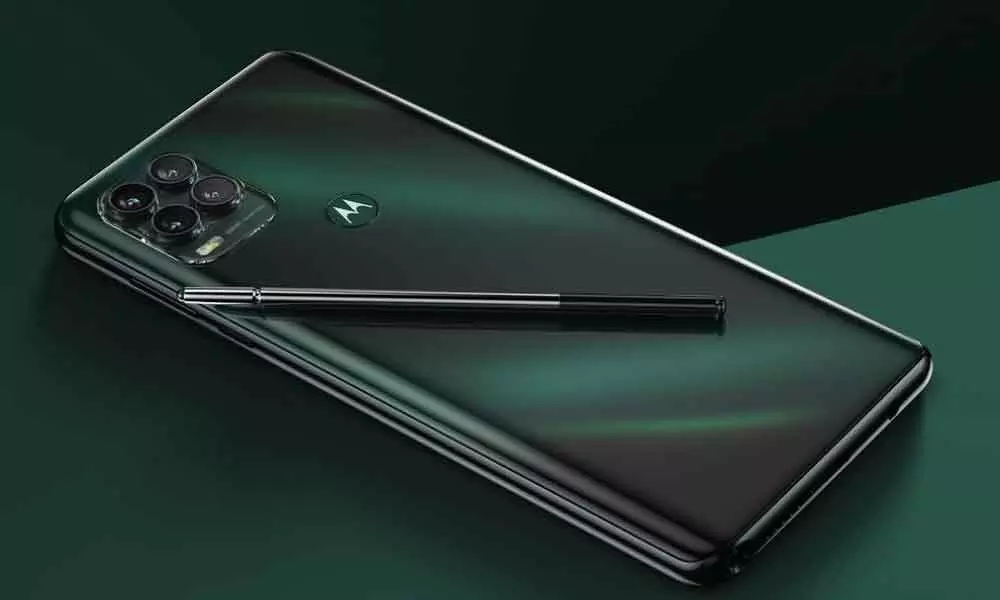Motorola, a name synonymous with innovation in telecommunications, has witnessed a remarkable journey since its inception in the 1920s. From pioneering the first commercially successful car radio to becoming a major player in the smartphone industry, Motorola’s impact on technology is undeniable. As of 2023, Motorola’s market capitalization reflects its resilience and strategic pivots in a rapidly evolving tech landscape.

A Brief History
Motorola, founded in 1928 by Paul V. Galvin and his brother Joseph, started as a manufacturer of car radios. The company gained prominence during World War II by producing communication devices for the military. In 1973, Motorola made history again when Martin Cooper made the first-ever mobile phone call using the Motorola DynaTAC 8000X, a groundbreaking event that set the stage for the modern mobile communications era.
The 2000s were tumultuous for Motorola as it struggled to compete in the fast-changing smartphone market, leading to a significant decline in its market share. In 2011, Google acquired Motorola Mobility, primarily for its patents, and later sold it to Lenovo in 2014. This sale marked a new chapter for Motorola as it redefined its focus on mobile devices and aimed to leverage Lenovo’s resources.
Market Position and Capabilities
Motorola’s comeback story is characterized by its innovative product offerings. The company reintroduced itself to the market with the Moto G series, which gained popularity due to its affordability and high performance. This series effectively captured the budget-conscious segment, leading to significant sales growth.
As of 2023, Motorola’s market capitalization is approximately $10 billion. This figure is indicative of its recovery and growth in recent years, especially as it continues to innovate with new devices that cater to a diverse range of consumers. Its focus on 5G technology and smart devices positions Motorola favorably in a competitive market.
Product Innovations and Market Strategy
Motorola’s strategy revolves around delivering value-driven products that appeal to various demographics. Its flagship series, the Motorola Edge, targets tech-savvy consumers who seek premium features at a competitive price point. The integration of advanced camera technology, high-refresh-rate displays, and sleek designs has helped Motorola maintain a strong foothold in the smartphone market.
Moreover, Motorola’s commitment to timely software updates and its clean Android experience have garnered a loyal customer base. The company has also ventured into wearables and smart home devices, further diversifying its portfolio and tapping into emerging tech trends.
Competitive Landscape
In the current market, Motorola faces stiff competition from brands like Apple, Samsung, and OnePlus, among others. Each of these companies offers unique selling propositions, making the smartphone market highly competitive. However, Motorola’s focus on affordability, particularly in emerging markets, gives it an edge over some of its competitors.
Additionally, the resurgence of the foldable smartphone trend has seen Motorola make significant strides with its Moto Razr series. By tapping into nostalgia while embracing modern technology, Motorola has effectively differentiated itself in a crowded marketplace.
Financial Performance
Motorola’s financial performance has shown promising signs of growth in recent quarters. The company has reported an increase in revenue driven by strong sales in both its budget and premium smartphone segments. Its strategic partnerships and global distribution networks have allowed Motorola to penetrate various markets effectively.
Despite the global semiconductor shortage and supply chain challenges faced by the tech industry, Motorola has managed to maintain steady production levels, reflecting its robust operational capabilities. These factors contribute to a positive outlook for Motorola as it navigates the complexities of the current economic landscape.
Future Prospects
Looking ahead, Motorola aims to expand its presence in the 5G and IoT (Internet of Things) sectors. As more consumers and businesses adopt these technologies, Motorola’s investments in research and development will likely yield innovative solutions that meet the demands of a connected world.
The company is also expected to continue leveraging its strong brand heritage while adapting to new consumer preferences, such as sustainability and eco-friendly products. As the market evolves, Motorola’s ability to pivot and innovate will be critical in maintaining its competitive edge.
The Rise and Current Market Cap of Motorola: A Deep Dive
Motorola’s journey from a pioneering telecommunications company to a modern smartphone manufacturer showcases its resilience and adaptability. With a current market cap of around $10 billion, Motorola is well-positioned for future growth. Its strategic focus on affordable yet innovative products, coupled with a strong commitment to customer satisfaction, ensures that Motorola remains a significant player in the tech landscape. As the company navigates the ever-changing market dynamics, its legacy of innovation continues to inspire both consumers and industry competitors alike.


